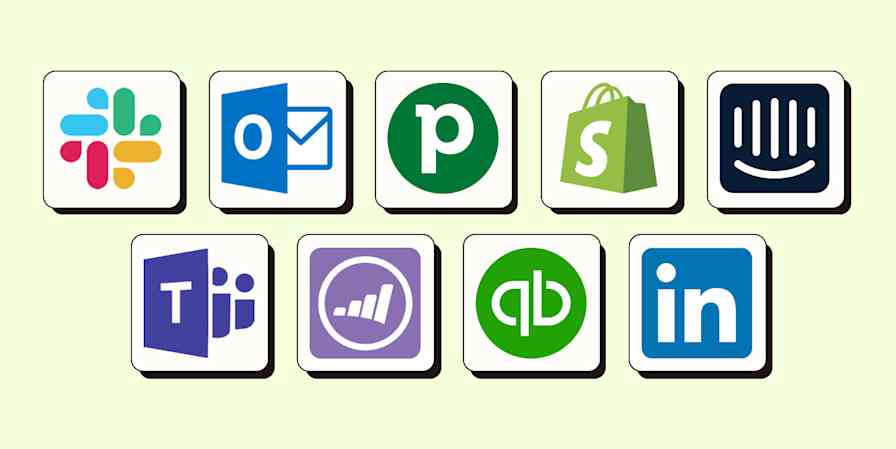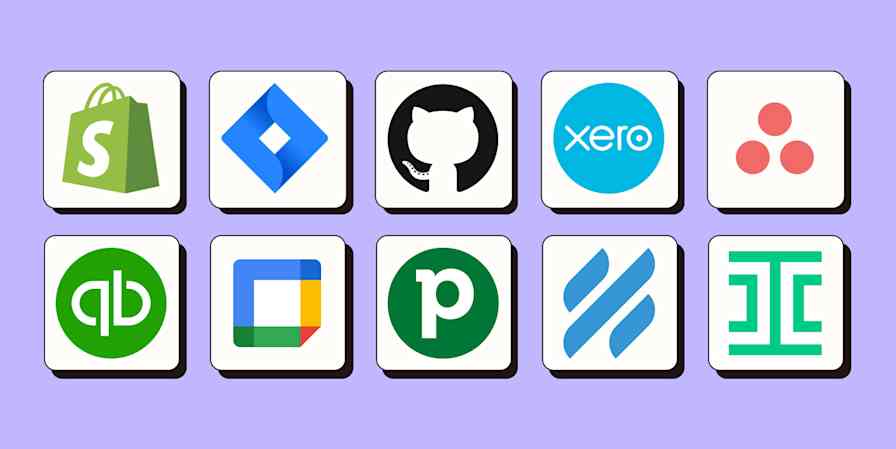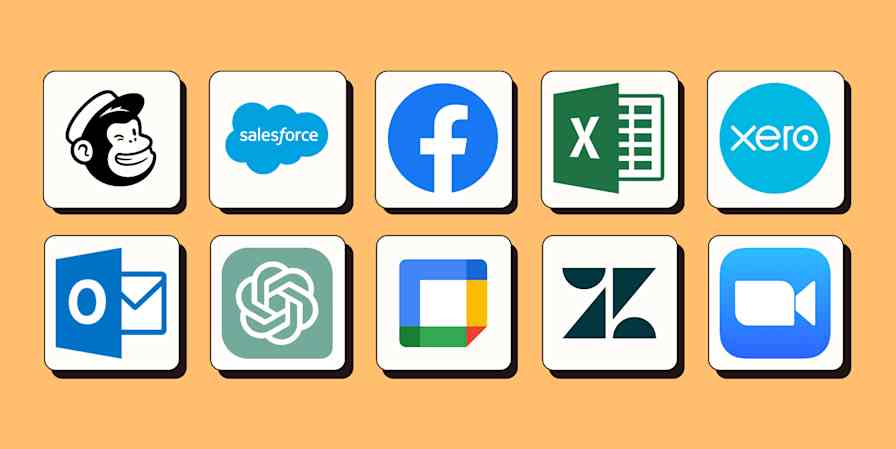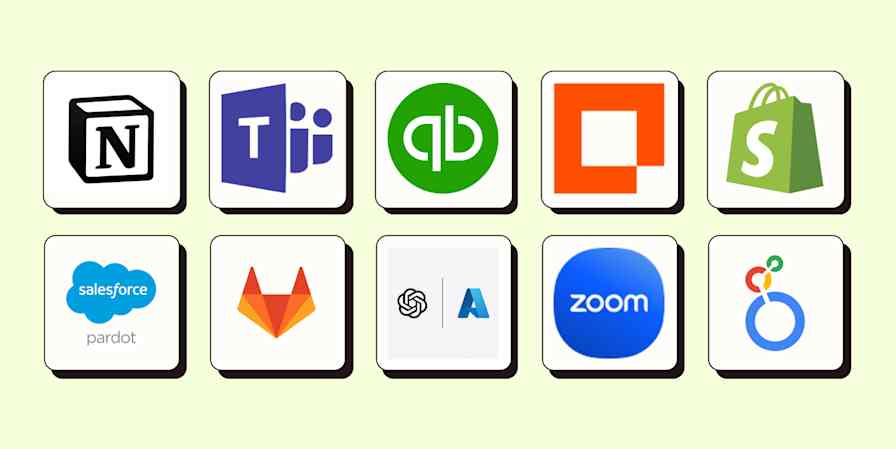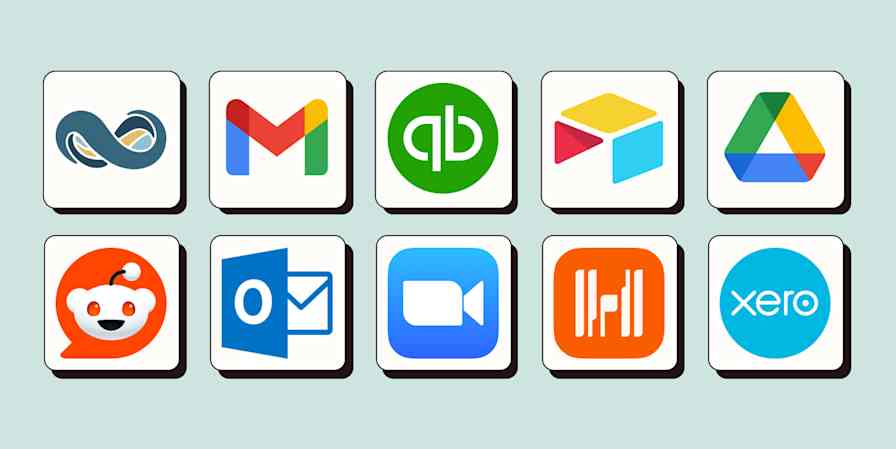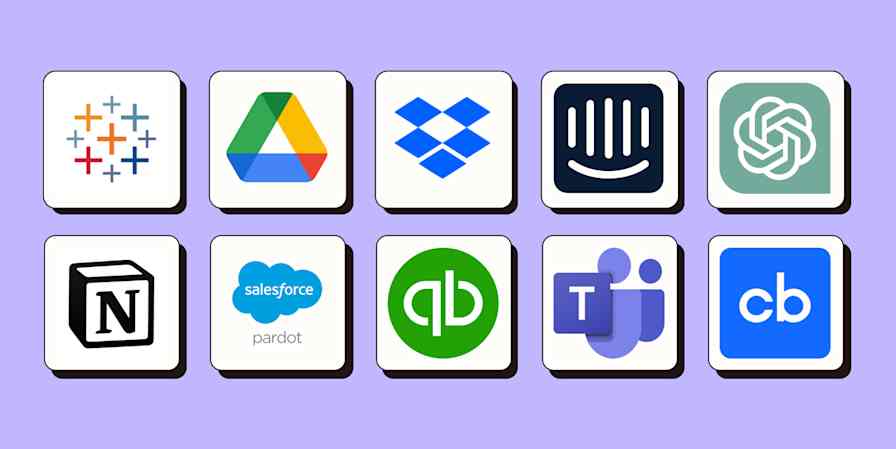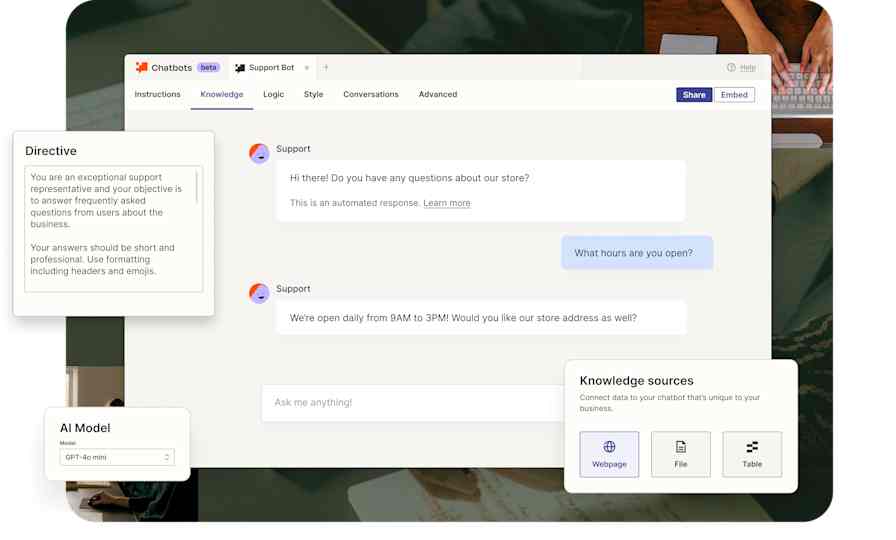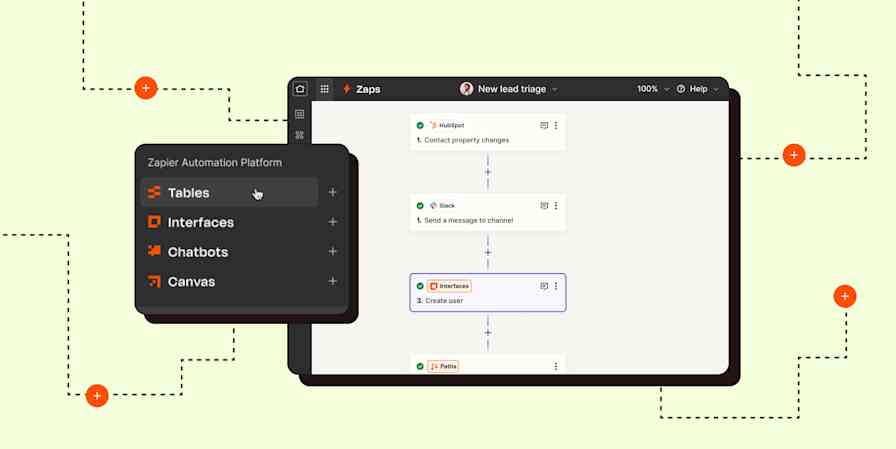Product news
2 min read3 ways work becomes easier with Zapier Canvas
Zapier Canvas is now in beta and available to try today.
By Krystina Martinez · January 30, 2024
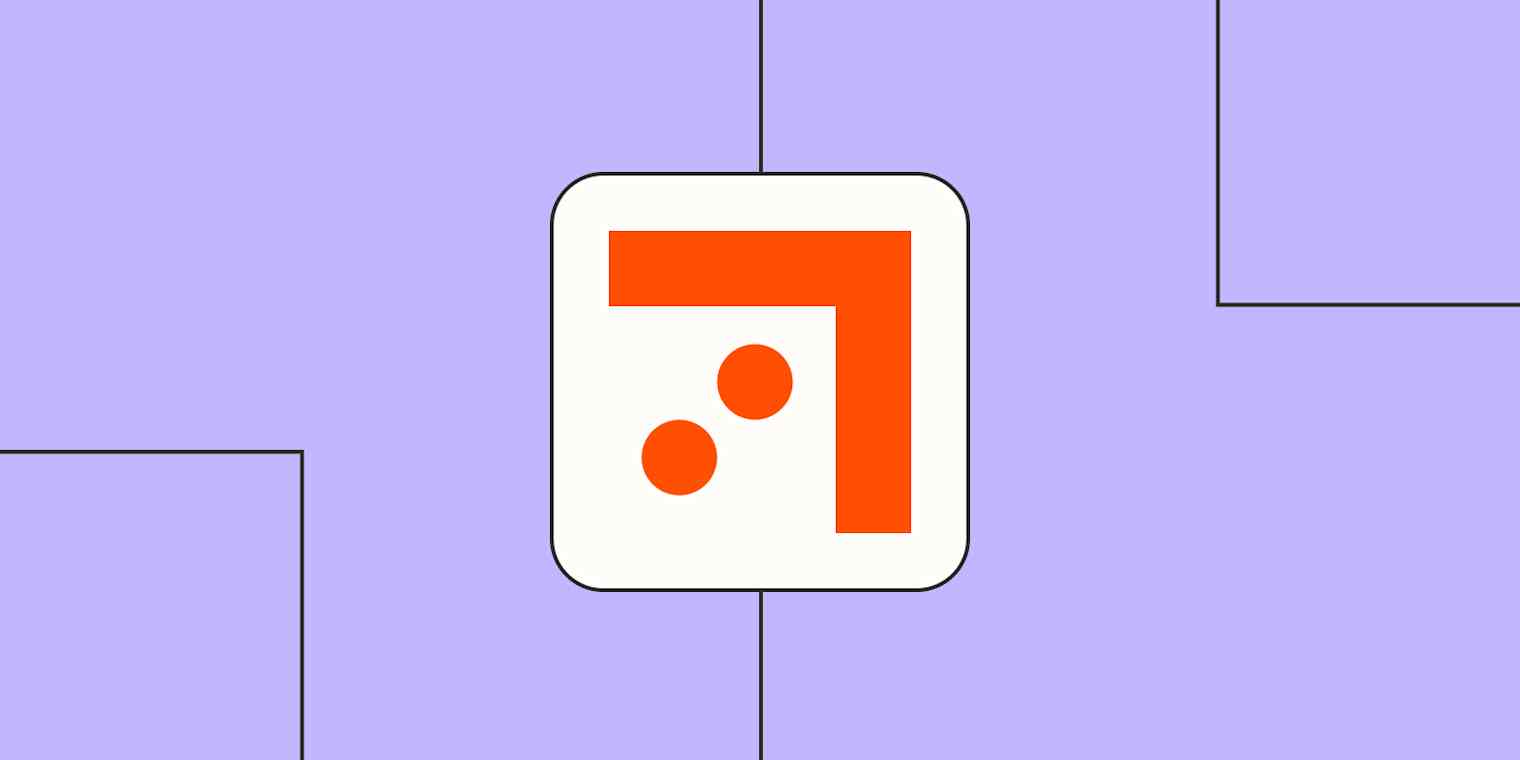
Get productivity tips delivered straight to your inbox
We’ll email you 1-3 times per week—and never share your information.
Related articles
Improve your productivity automatically. Use Zapier to get your apps working together.

